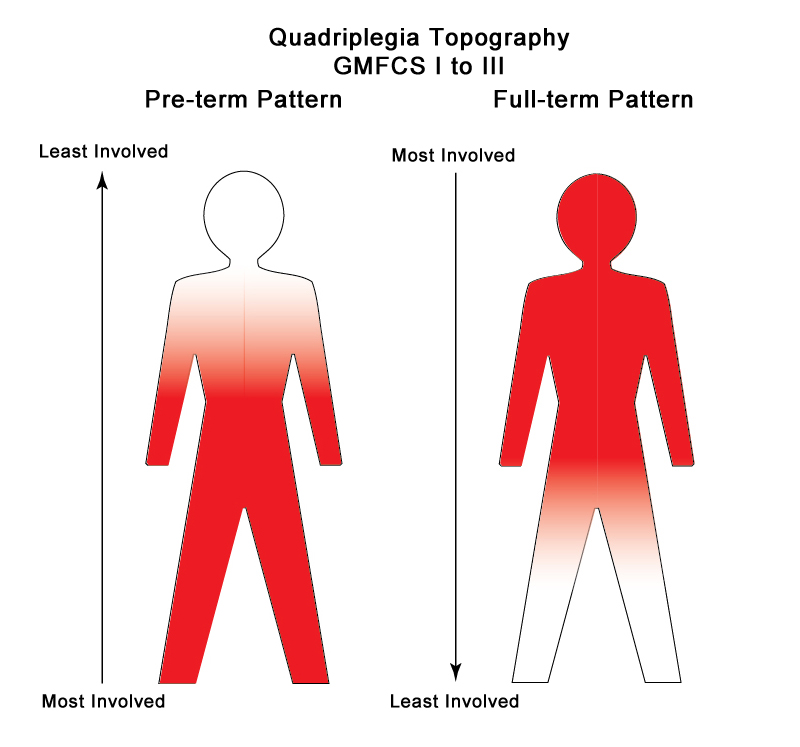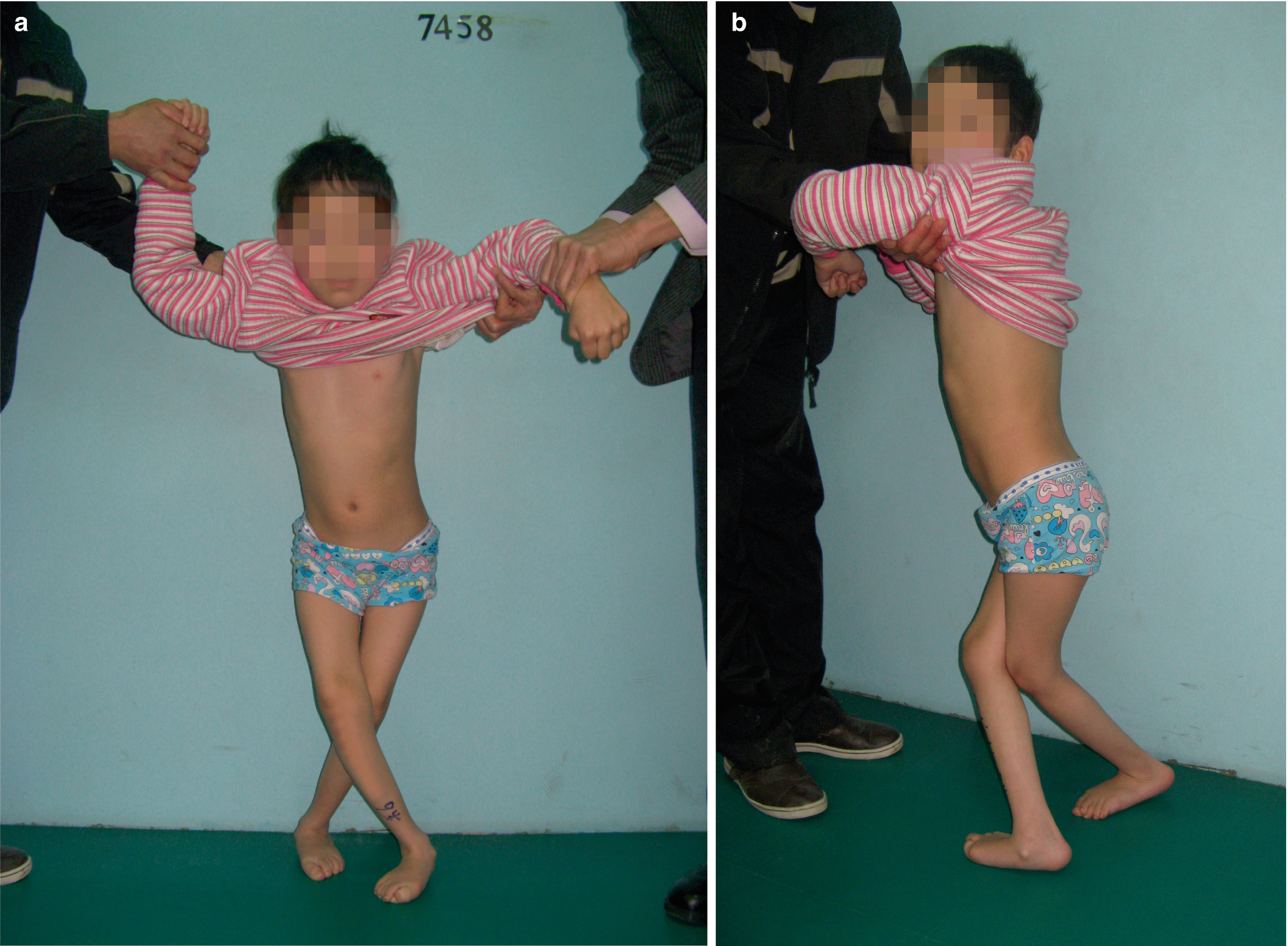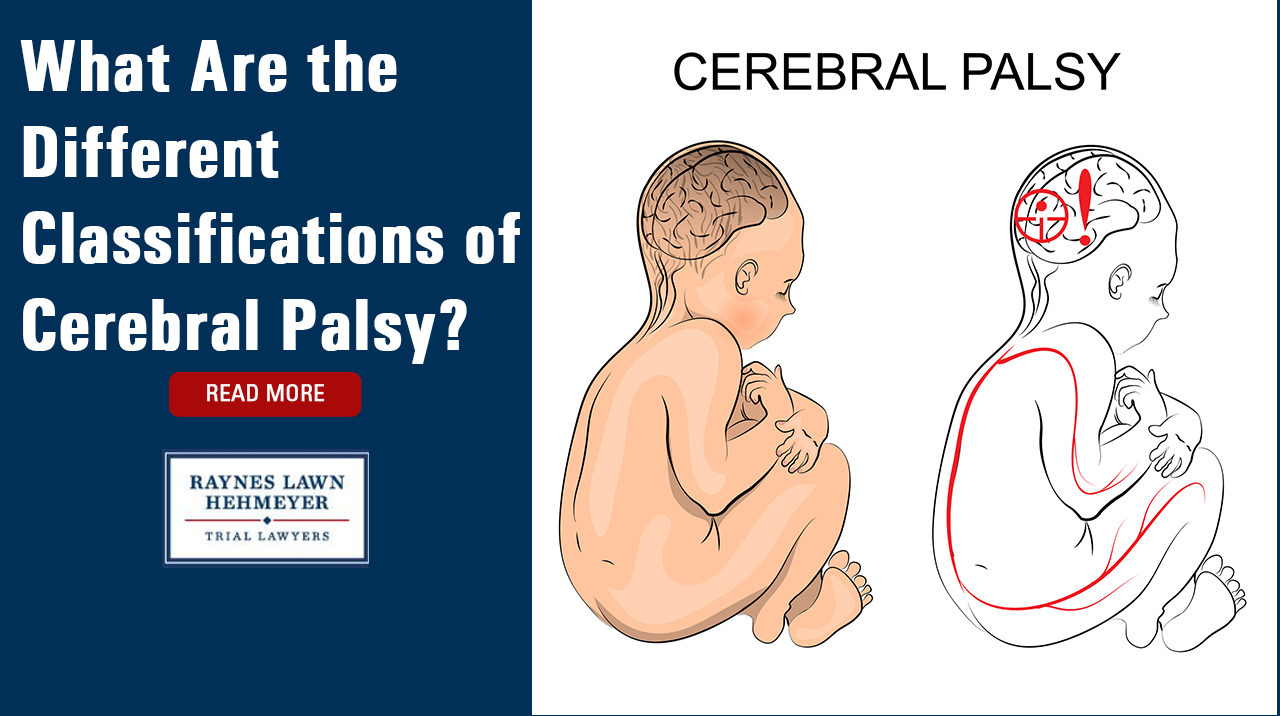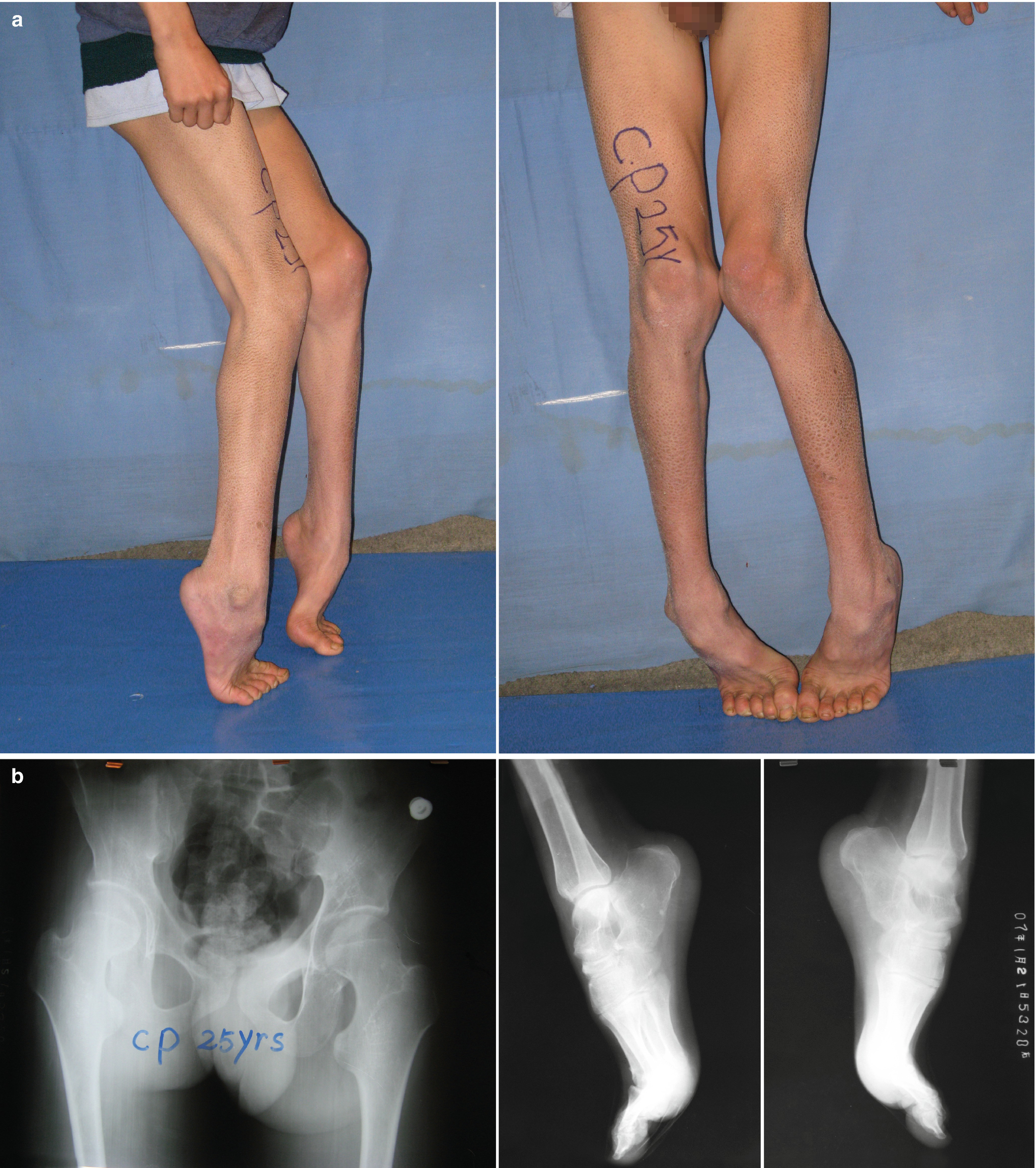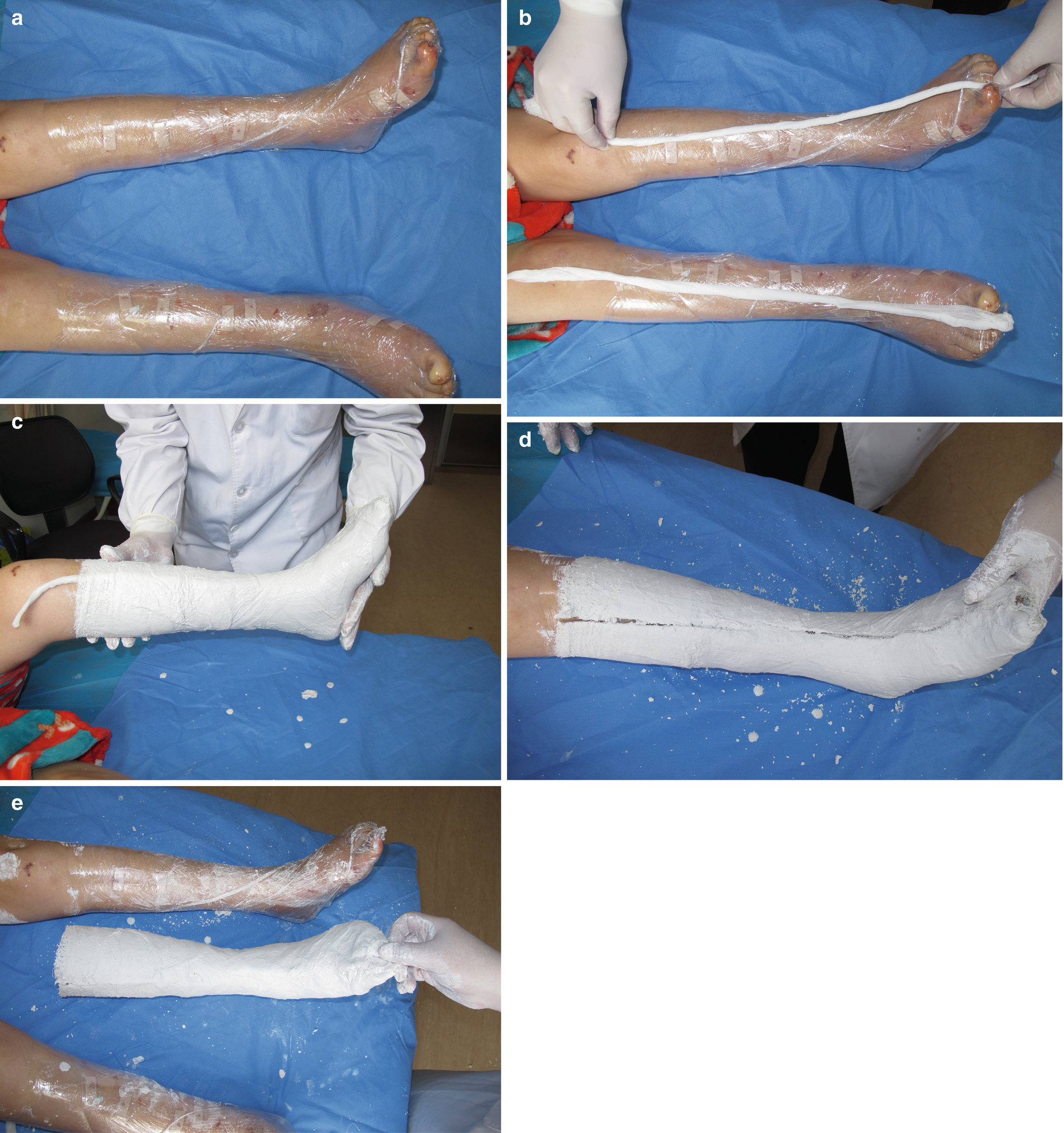Cerebral Palsy One Leg Longer Than Other

2 Diplegia both legs were involved than arms.
Cerebral palsy one leg longer than other. The distribution of cerebral palsy when the child is of low birth weight less than 1500 grams is as follows. A child with cerebral palsy may have one leg longer than the other to a degree that makes walking difficult or uncomfortable. Surgery can be used to shorten the longer leg but this is usually only done when the difference is more than two centimeters.
Spastic hemiplegia 20-30 Cerebral palsy predominantly affecting 1 side of the body including an arm and a leg with involvement of. In contrast when only one side of the body is affected it is called spastic hemiplegia. DystoniaDystonic Cerebral Palsy encompasses cases that affect the trunk muscles more than the limbs and results in fixed twisted posture.
Body pain is one of the most common side effects of cerebral palsy. When one leg is longer than the other it can not only make walking more difficult but often forces you to change the way you walk to improve your momentum stability and comfort. One or both legs can be impaired different muscle groups in the body can be affected there can be difficulty walking due to stiffness or spasticity or there can be problems associated with having one limb longer or shorter than the other.
3 Quadraplegia all form extremities involved. One arm and one leg on one side of the body or both legs diplegia or paraplegia. Otherwise a lift in the shoe is typically adequate to improve mobility and comfort.
Other less severe cases of spastic cerebral palsy may be diplegic affecting primarily the legs or hemiplegic affecting the limbs on just one side of the body. Diplegia a form of bilateral cerebral palsy where both legs are affected. Quadriplegia a form of bilateral cerebral palsy where both arms and legs are affected.
Diplegia a form of bilateral cerebral palsy Both legs are affected. Depending on the severity of that damage motor impairments in the legs can range from mild to severe and affect one or both legs. Spastic cerebral palsy sometimes called pyramidal cerebral palsy is the type of CP that is the most common affecting 75 to 80 percent of children with cerebral palsy.



